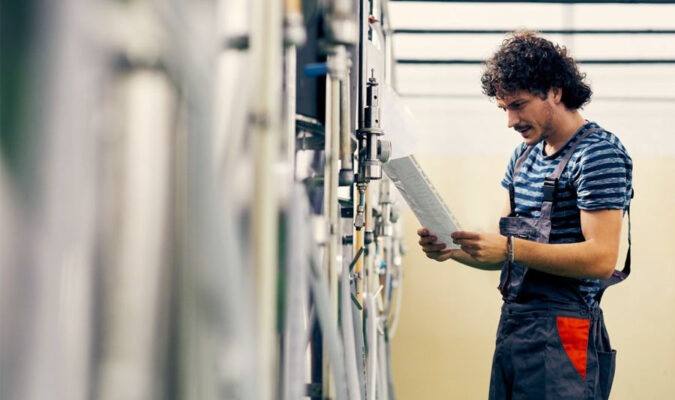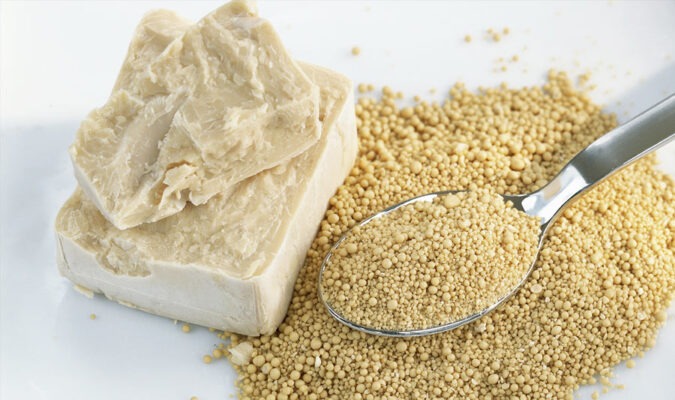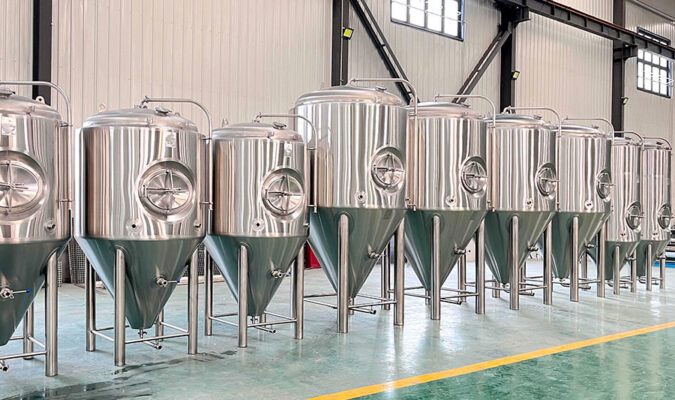The fermentation process of beer depends on several factors such as the type of malt used, the brewing method used, the yeast strain used, and the temperature at which the fermentation process takes place. The quality of craft beer depends on the fermentation process. To brew high-quality craft beer, it is necessary to have a full and comprehensive understanding of several factors that affect the degree of fermentation.
What is beer fermentation?
Beer fermentation is essential to brewing. Yeast is used in the process to convert glucose into roughly equal amounts of ethanol and carbon dioxide gas. Top fermentation to produce ale and bottom fermentation to produce lager are the two main fermentation techniques used in brewing.

Water effect
As one of the main ingredients in beer, water is crucial to the quality of the final product. It’s not a matter of using clean water, important though that is. Water that lacks the correct minerals and elements will not be able to ferment . Your yeast needs these trace elements in the water to reproduce at the correct rate. Thus affecting the fermentation speed and degree of fermentation of craft beer. Brewing water can be treated with membrane filtration and hardness softening.
Effect of temperature
Different microbes like different temperatures, so you must stick to them. In general, higher temperatures will speed up the fermentation process, while lower temperatures will slow it down. the
The temperature at which fermentation occurs plays an important role in determining the outcome of the finished beer. Different types of fermentation must different temperatures for optimal results. If you want the best results, you must make sure you are using the correct temperature range for your particular fermentation type.
Type of yeast
The type of yeast used in fermentation is another important factor to consider. Different yeasts have different properties and can produce a variety of flavors and aromas. Depending on the style of beer you’re brewing, different yeasts will achieve the desired flavor profile.


The role of malt
The quality of malt determines the content of α-amino nitrogen and the amount of fermentable sugar in wort, which in turn affects the demand of yeast for nitrogen source and the decomposition of sugar, and finally affects the degree of fermentation of craft beer. If you are using a grain such as rice or corn, you may need to add a yeast nutritional supplement to ensure the yeast has enough nutrients to survive.
Acid-base balance effect
The pH, or acidity, of ingredients, can also affect how and a recipe ferments. Most recipes must a specific pH for microbes to thrive and produce the best results. If the raw material does not meet these criteria, its acidity level may need to be adjusted before continuing with the fermentation process.
The pH of a fermented product can also affect its success. Different microorganisms have different optimal pH ranges. For example, lactic acid bacteria prefer a lower pH level between 4-5, while Saccharomyces cerevisiae prefers a higher range between 5-7.
Primary fermentation
The first step in the beer fermentation process is called primary fermentation. The brewer’s yeast will start fermenting at this point. Beer is generally fermented for two weeks, and different beer styles have different times.
Secondary fermentation
The process of fermenting again is called secondary fermentation, and the brewer transfers the beer from the primary fermentation vessel to a different vessel than the one used to start the fermentation process.
Oxygen content
Oxygen supply is another factor that affects fermentation. Some bacteria must oxygen while others do not. Another key factor in controlling fermentation is oxygen levels. While some types of fermentation can occur with minimal oxygen (such as anaerobic fermentation), other types of fermentation must oxygen to complete (called aerobic fermentation).
in beer and wine production, yeast cells need oxygen to produce alcohol; too little oxygen can lead to poor flavor development and even failure of certain processes such as carbonation or fining. Too much can lead to off-flavors in the finished product, so oxygen levels need to be monitored during fermentation.
Summarize
The fermentation process of beer and wine is a complex process that requires careful attention to detail. Temperature, oxygen, and pH are critical to controlling how a fermented product develops its flavor and aroma, as well as maintaining batch-to-batch consistency over time.




